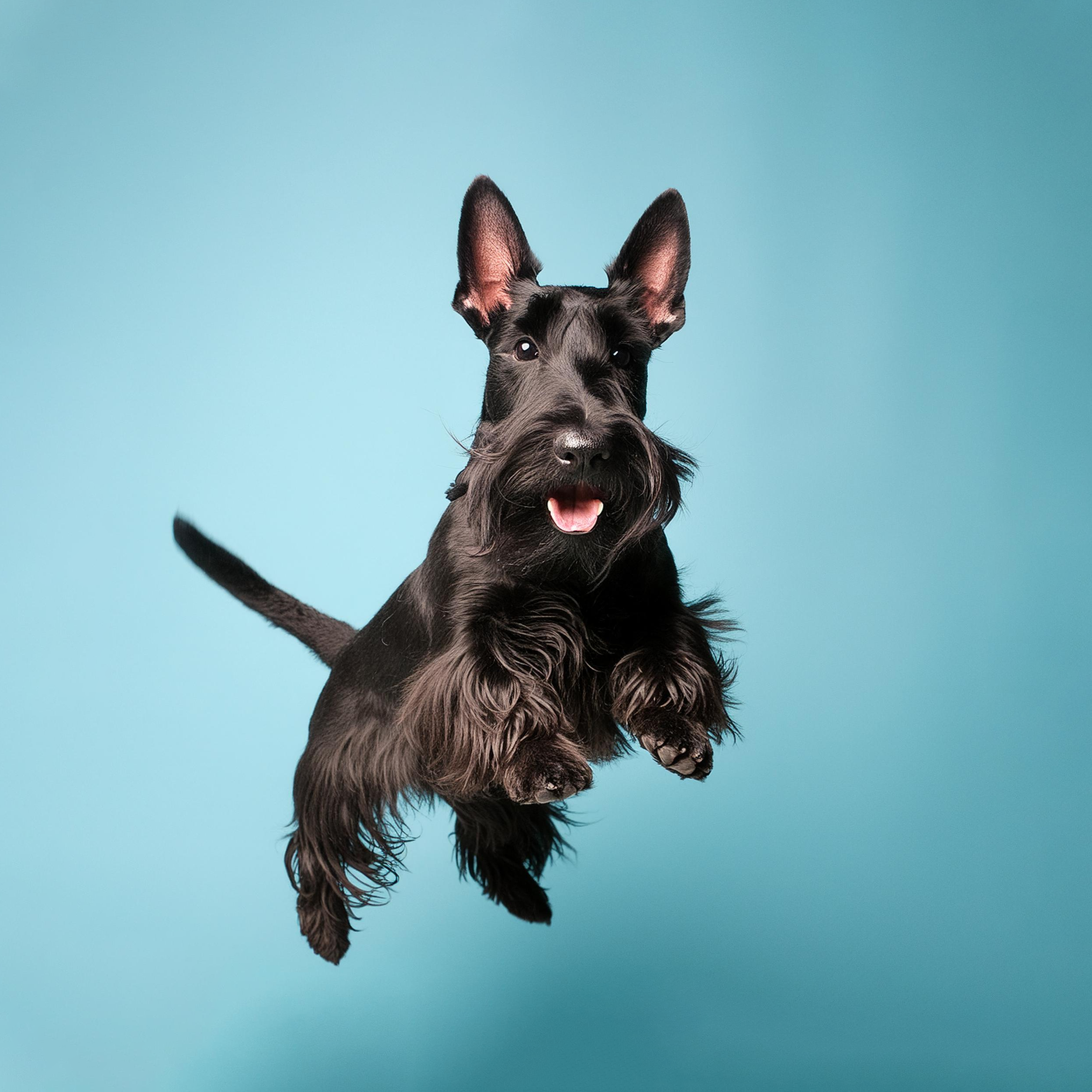Kneecap Dislocation
Dislocation of the kneecap is a hereditary problem. To avoid the discomfort caused by this problem, it is necessary to exercise regularly and maintain a healthy weight. Corrective surgery may be necessary to correct severe cases of knee cap dislocation. However, regular veterinary check-ups will detect early signs of kneecap dislocation and allow you to take appropriate measures at an early stage of the disease’s development.
A balanced intake of lean meats, eggs, high-quality protein, calcium, and phosphorus will help your important family members develop muscles properly.
Von Willebrand’s Disease
Von Willebrand’s disease causes prolonged and excessive bleeding. As a rule, this condition is inherited, however, in rare cases, it develops later in life. The cause of the disease is the deficiency of the most important protein involved in blood clotting. Treatment of von Willebrand disease with medical intervention aims to prevent bleeding episodes. With the right treatment, companion animals with the disease live long and happy lives.
Neuromuscular Disorder
A neuromuscular disorder is a sudden, involuntary contraction of one or more muscles. Although seizures are mostly harmless, if proper treatment is delayed, the condition can become serious. It is usually caused by prolonged physical exertion. Nevertheless, the cause of muscle cramps may be another, more serious disease. That is why a timely visit to the veterinarian is of particular importance to detect the disease at an early stage.

